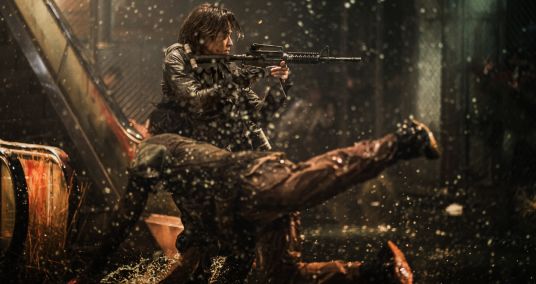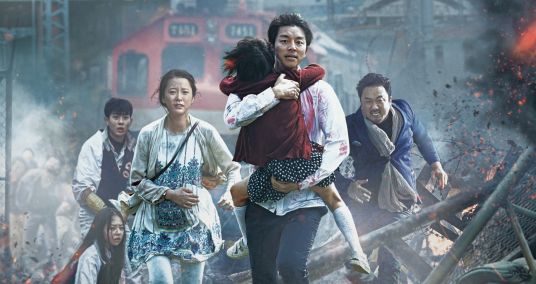Train To Busan
- EntertainmentYahoo Movies UK
'Train To Busan presents: Peninsula': Watch an exclusive zombie-filled clip
The film picks up the story four years after the events of Train To Busan.
2-min read - EntertainmentYahoo Movies UK
'Train To Busan' sequel 'Peninsula' confirmed for UK theatrical release: Watch the new trailer
Studiocanal is committed to keeping cinemas stocked with new releases.
2-min read - EntertainmentYahoo Lifestyle Singapore
REVIEW: Train To Busan: Peninsula - too many humans, too few zombies
Director Yeon Sang-ho tries to inject the dystopia genre into this zombie franchise but it doesn't quite work.
5-min read - EntertainmentYahoo Lifestyle Singapore
Train To Busan sequel breaks Singapore box office record for Korean films in first week of cinemas reopening
The sequel to 2016’s zombie action hit, Train To Busan, pulled in S$147,000 in ticket sales in a single day when it opened in cinemas yesterday (15 July).
2-min read - EntertainmentYahoo Movies UK
First trailer for 'Train to Busan' sequel 'Peninsula' showcases zombie chaos
Director Yeon Sang-ho's follow-up to the surprise zombie hit has certainly upped the ante with the undead.
2-min read - EntertainmentYahoo Movies UK
'Train to Busan' director teases 'wider scope' of zombie sequel 'Peninsula'
Yeon Sang-ho teased that 'Peninsula' will be a much bigger zombie thriller than its 2016 predecessor.
3-min read - EntertainmentYahoo Movies Singapore
7 Asian horror films to scare you silly this Halloween
If we're to be honest, Western horror films don't quite scare us in that sort of intimate, personal way that Asian ones do.







